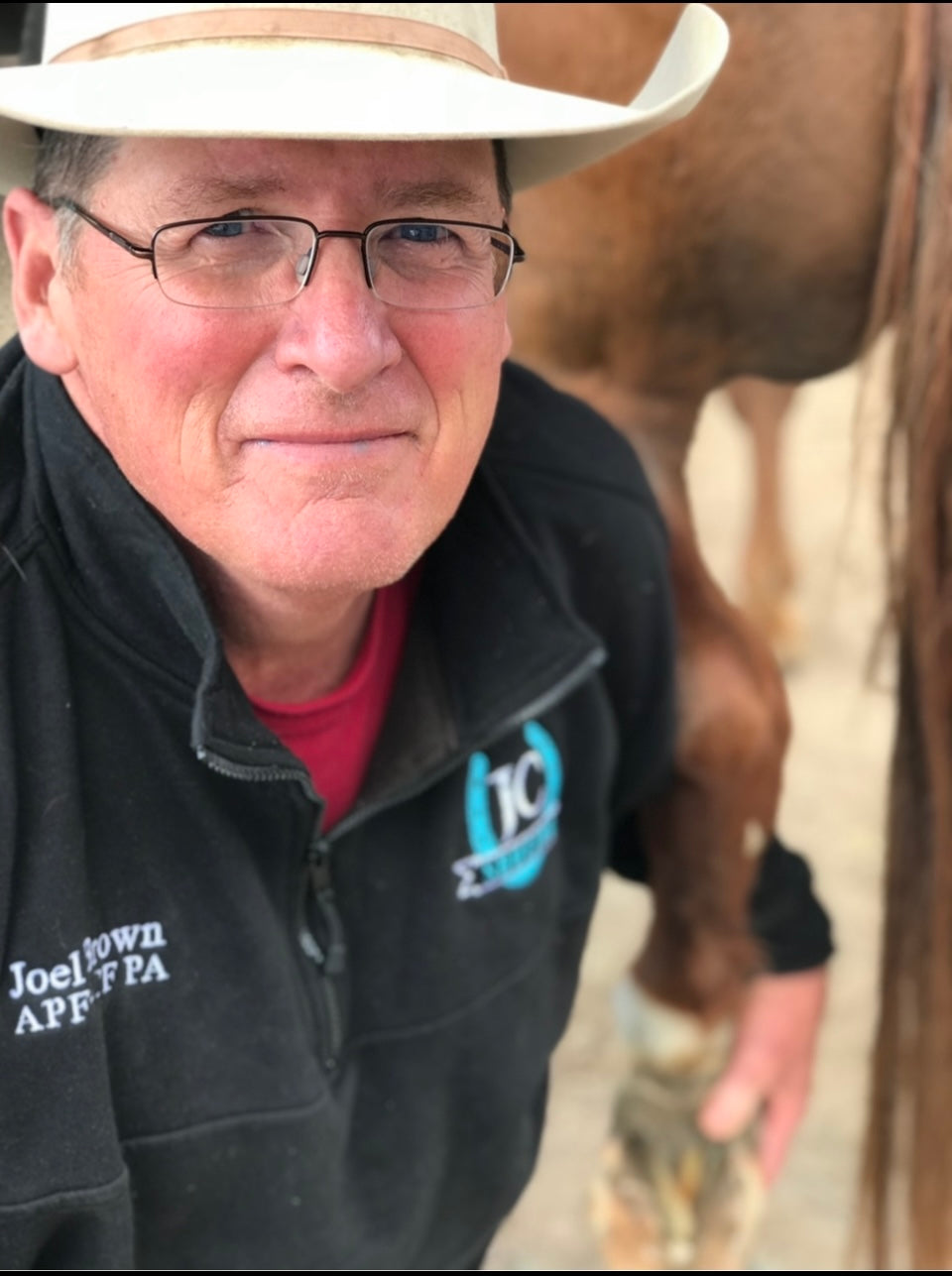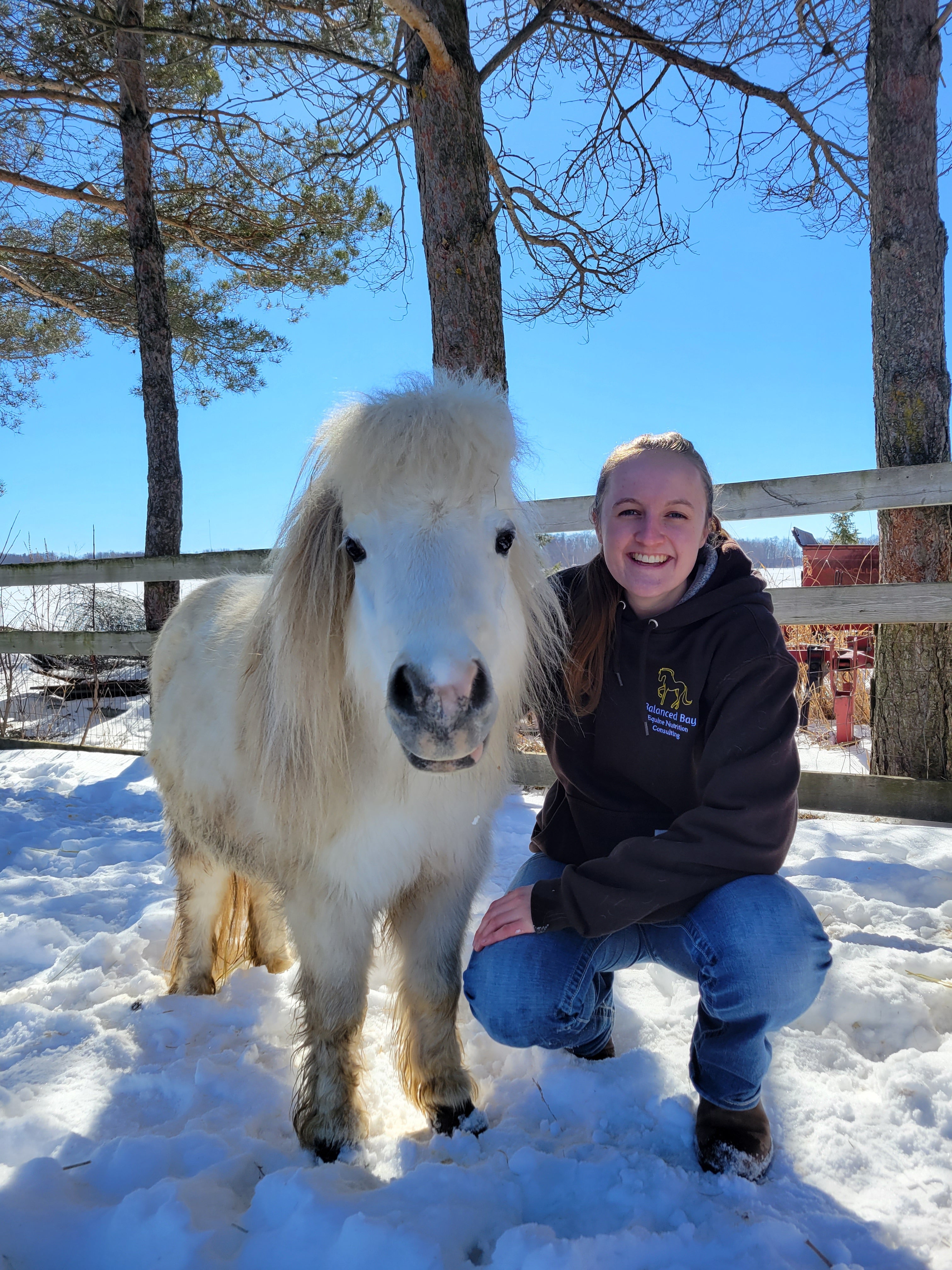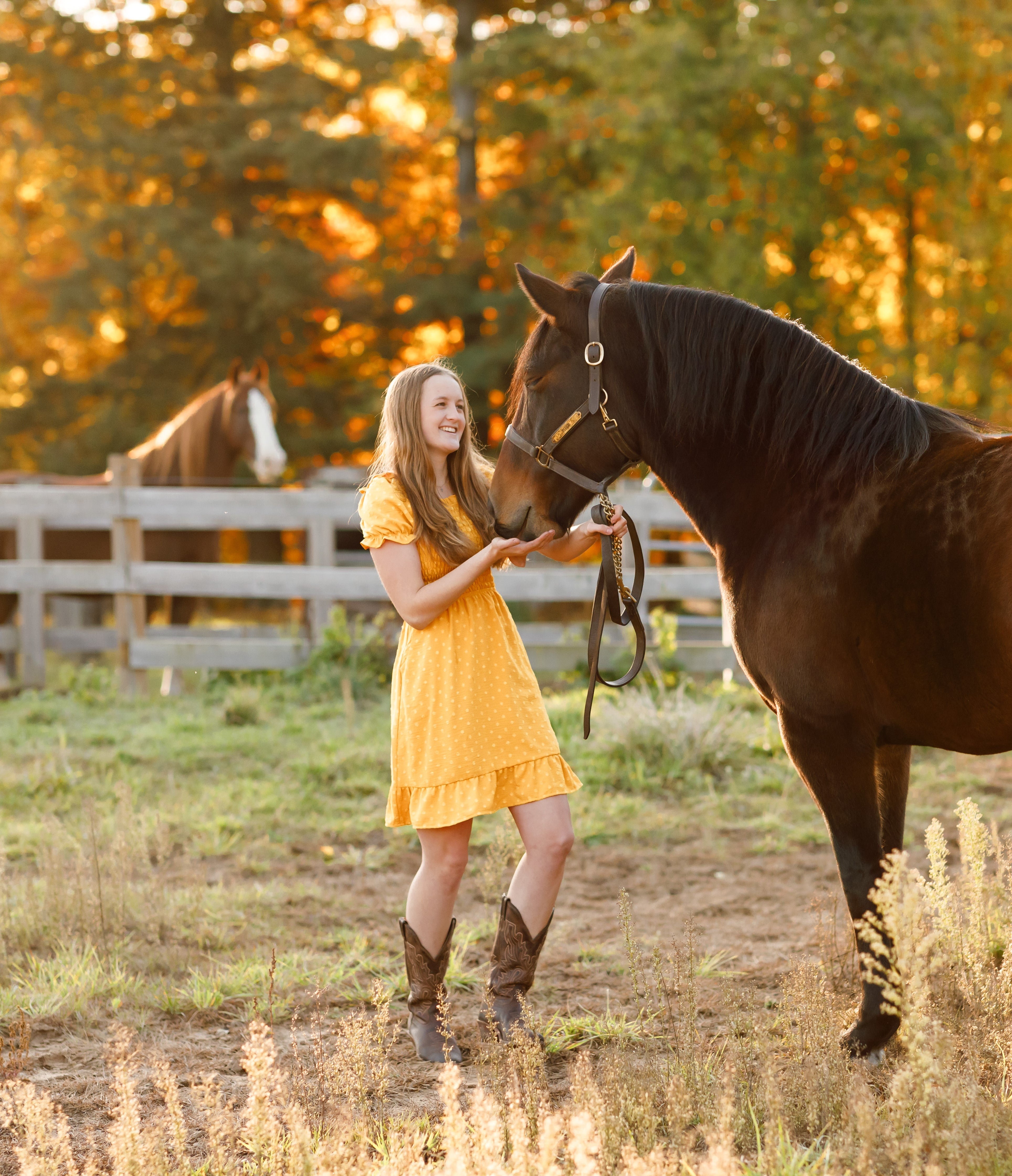
Joel Brown Evolutionary Farriery Selenium Toxicity Case Study
The dead retained toe from the selenium toxicity.


And the toe one and a half years later.

Using your Hoof Doctor into the separations was key in my opinion. There was live sole that was too immature to bear weight under this dead hoof. I think it keeps the voids between dead and live structures clean.
I trimmed the dead hoof like an ingrown toe nail trying to retain it until the live sole had time to strengthen. Covering it with a glue or other method I felt would promote an anaerobic environment.
It’s tricky playing into sensitive structures. They had fractures across the soles as well, but with Hoof Doctor it all worked out.
With selenium toxicity the dead hoof has to be maintained as protection for the sensitive live structures. Similar to a scab. But as it continues to loosen the cracks become gaps. I suppose you could debride it entirely like white line and then cover it but it’s the difference in that you're at a different basal level as the new sensitive structure isn’t ready to be weight bearing like new skin under a scab.
The Hoof Doctor permeated into all the voids and hoof health was maintained. Like flushing a joint injury. The Solear cracks were more worrisome as it’s closer to sensitive structures and are weight bearing but they lived in a clean pasture and the season wasn’t muddy. They rested on deep sand in the worst part of the event for concussive relief so leaving the feet unwrapped stayed clean. Wrapping the feet in hot weather I was concerned about sweating the foot and breeding bacteria. It’s turned out great in both horses. They have great feet now.

These are Sammy’s off side front now post event. Steadily improving.

His hind near side.
The hinds are affected as well but similar to laminitis not as drastic as fronts but they do sluff the whole hoof.
It’s taken longer to rebalance in M-L plane as they drive the horse. But they are just about right in balance now. Just keep building soft tissue and sole depth.
Selenium toxicity rebuilds are a long process. I trimmed them every 4 weeks for a year. Without Hoof Doctor to lavage the cracks and keep it healthy it could have turned out differently.
Leaving a foot in its natural function of barefoot in this case was ideal in the healing process. Setting up static mechanics in a shoe type package is similar to putting a cast on a broken limb, it’ll heal but the rehabilitation to soft tissue is now an entirely different process.
I also feel removing these sluffing hoof structures set back healing. The hoof is a smart structure and will physiologically try and regrow what you prematurely remove. Then time is taken away from the structures they’d be rebuilding if you didn’t prematurely “peel off the scab” so to say. It’s a process of matching steps with a horse, studying in the correct place on the treatment ladder through the timeline. Less about my opinion of the situation more about what the horse needs and fits his situation.
That’s my approach to using your stuff, it fits the particular situation best for the horse.
- Joel Brown APF-I of Evolutionary Farriery






